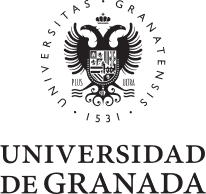The tumor suppressor microRNA let-7 inhibits human LINE-1 retrotransposition
Tristan-Ramos, Pablo; Rubio-Roldan, Alejandro; Peris, Guillermo; Sanchez, Laura; Amador-Cubero, Suyapa; Viollet, Sebastien; Cristofari, Gael; Heras, Sara R.
Publicación: NATURE COMMUNICATIONS
2020
VL / 11 - BP / - EP /
abstract
Nearly half of the human genome is made of transposable elements (TEs) whose activity continues to impact its structure and function. Among them, Long INterspersed Element class 1 (LINE-1 or L1) elements are the only autonomously active TEs in humans. L1s are expressed and mobilized in different cancers, generating mutagenic insertions that could affect tumor malignancy. Tumor suppressor microRNAs are similar to 22nt RNAs that post-transcriptionally regulate oncogene expression and are frequently downregulated in cancer. Here we explore whether they also influence L1 mobilization. We show that downregulation of let-7 correlates with accumulation of L1 insertions in human lung cancer. Furthermore, we demonstrate that let-7 binds to the L1 mRNA and impairs the translation of the second L1-encoded protein, ORF2p, reducing its mobilization. Overall, our data reveals that let-7, one of the most relevant microRNAs, maintains somatic genome integrity by restricting L1 retrotransposition. Human Long INterspersed Element class 1 (LINE-1) elements are expressed and mobilized in many types of cancer, contributing to malignancy. Here the authors show that the tumor suppressor microRNA let-7 targets the LINE-1 mRNA and reduces LINE-1 mobilization.
MENTIONS DATA
Biology & Biochemistry
-
0 Twitter
-
4 Wikipedia
-
0 News
-
164 Policy
Publicaciones similares en Biology & Biochemistry





